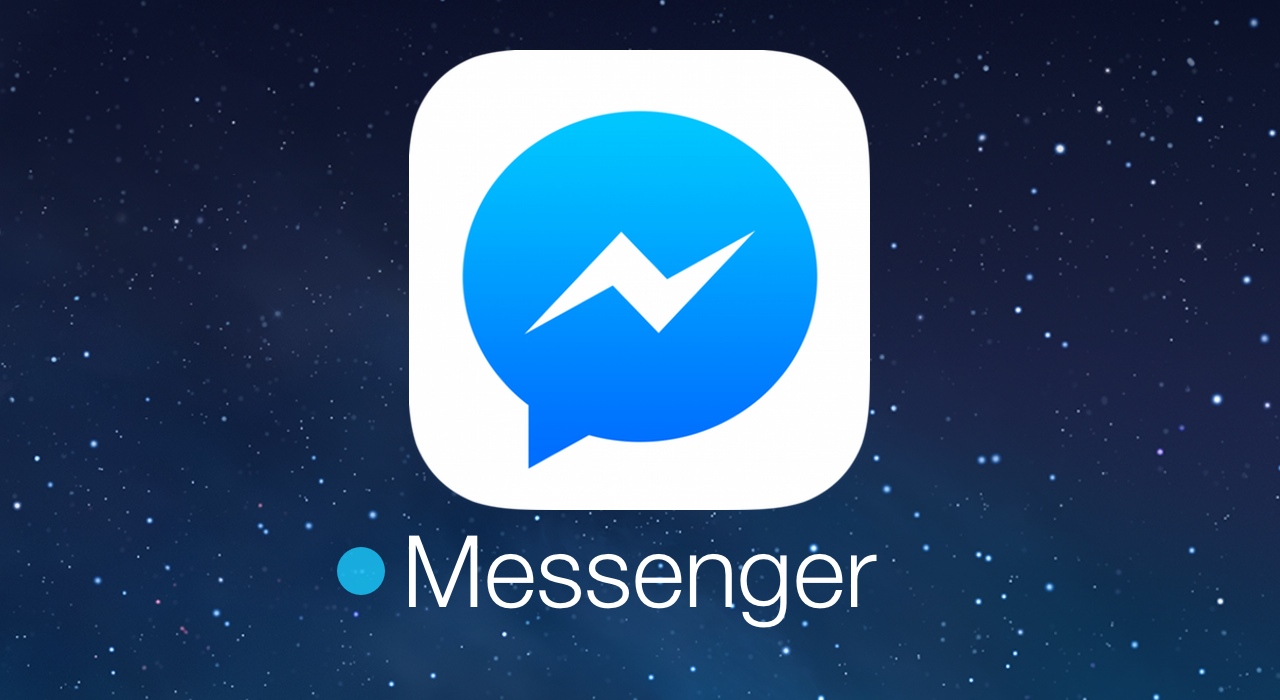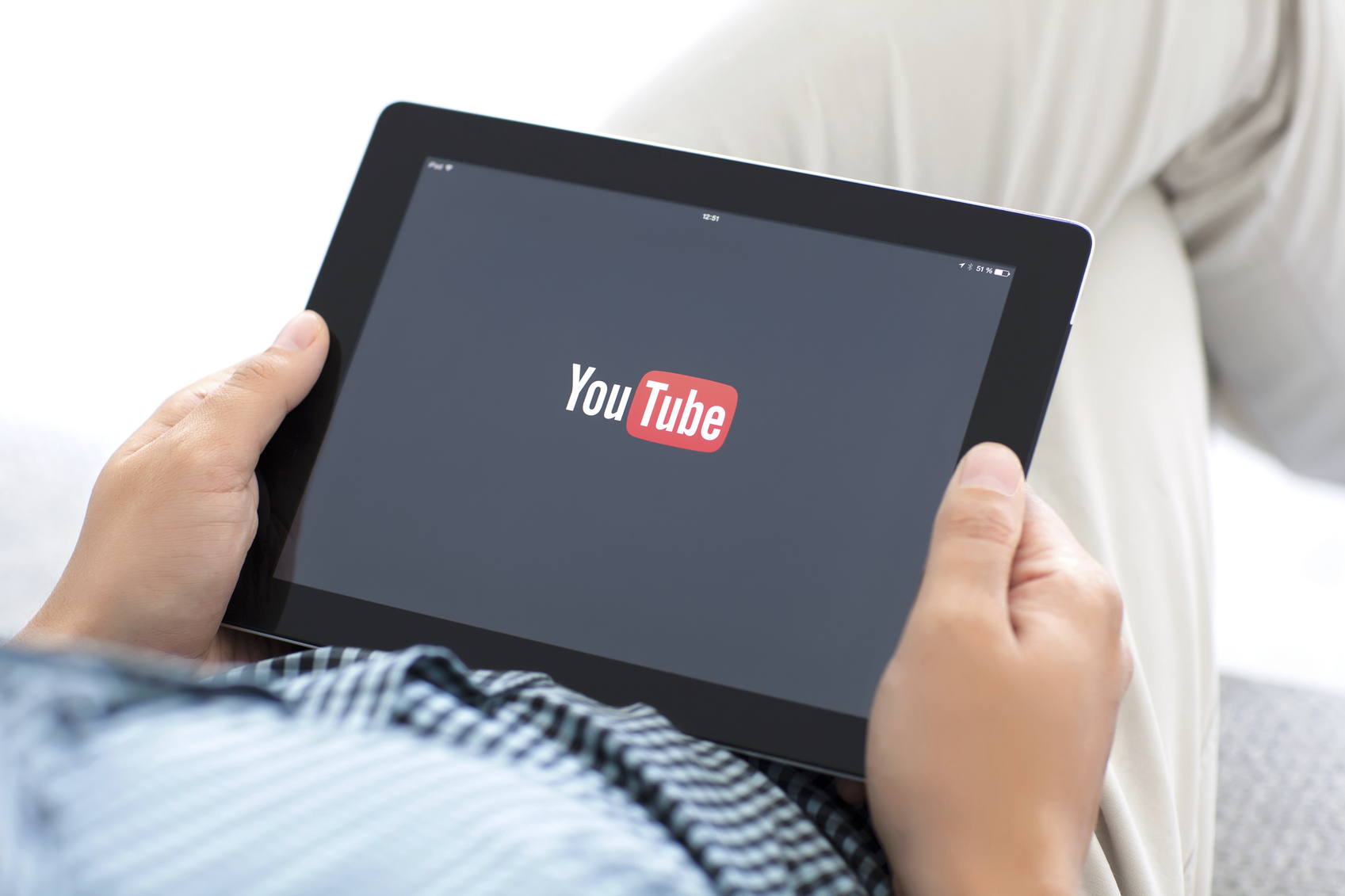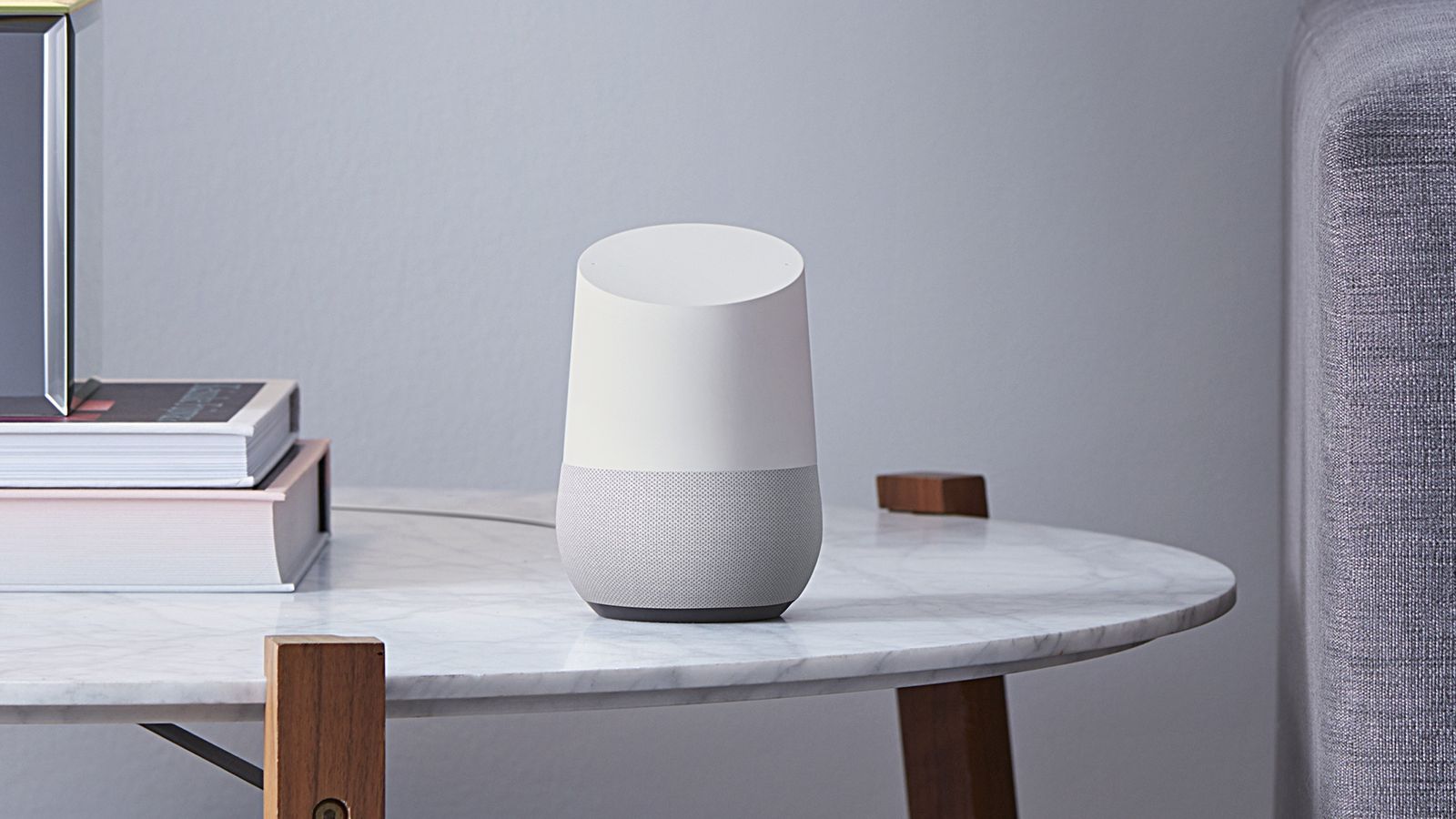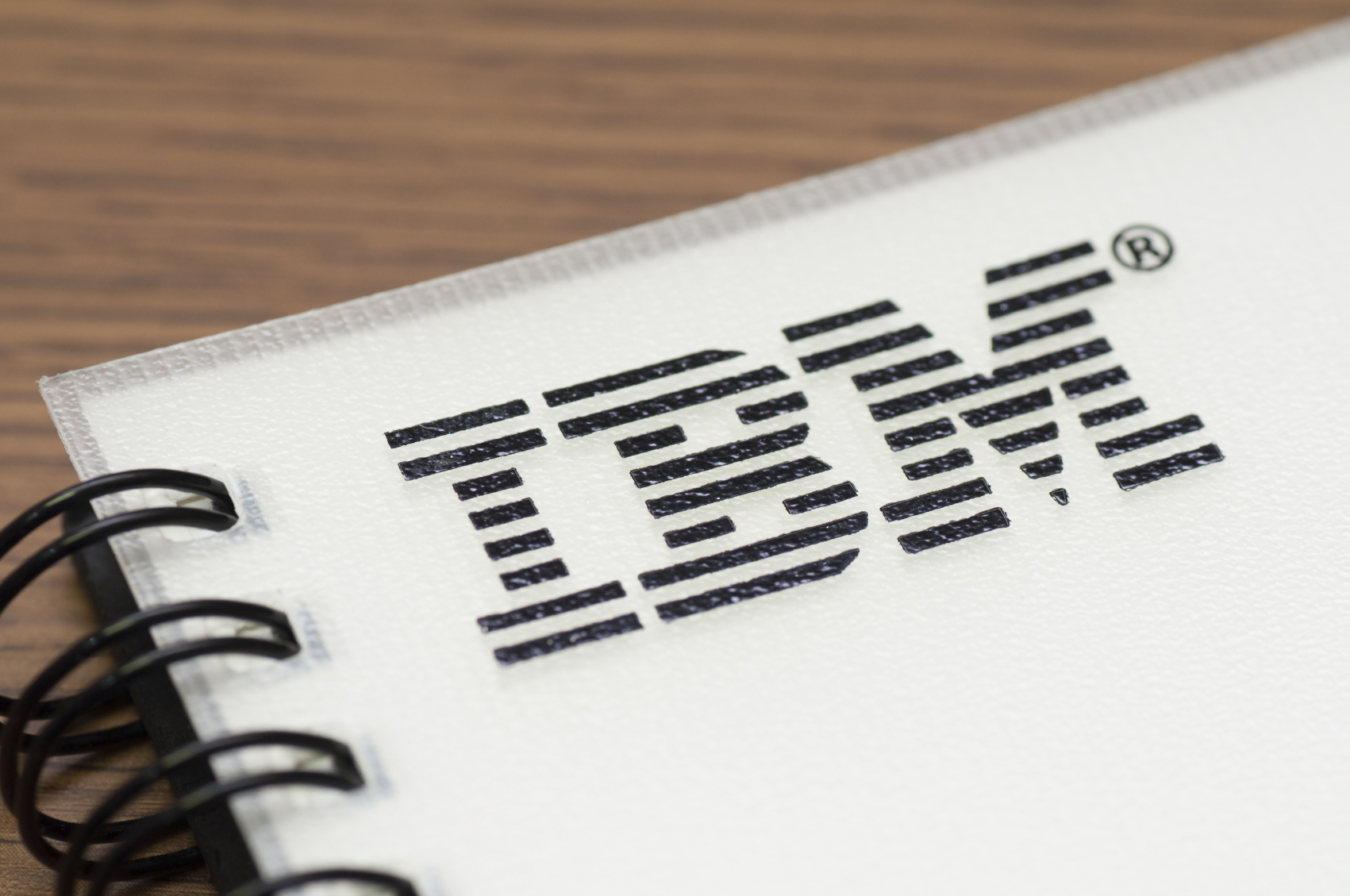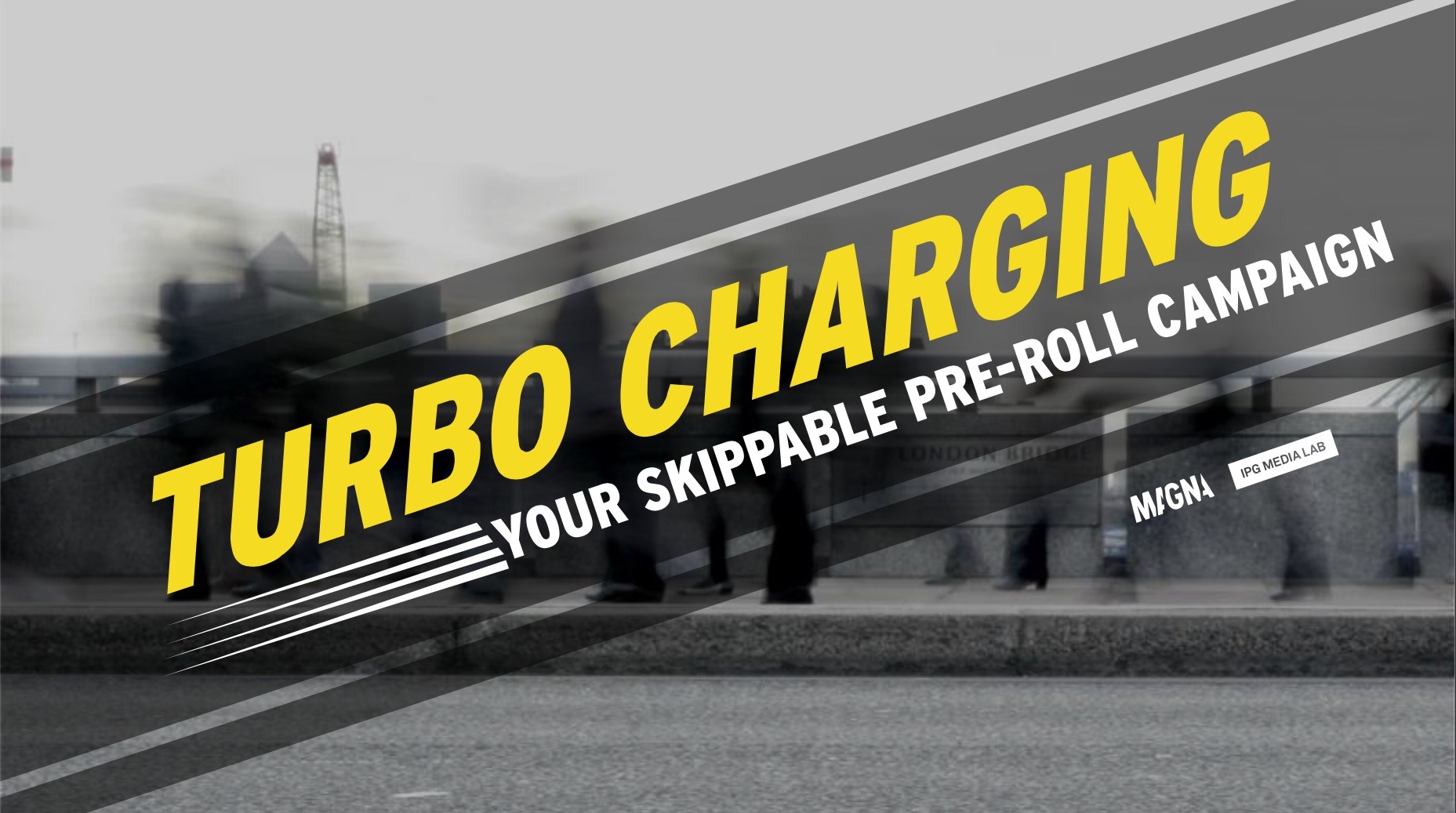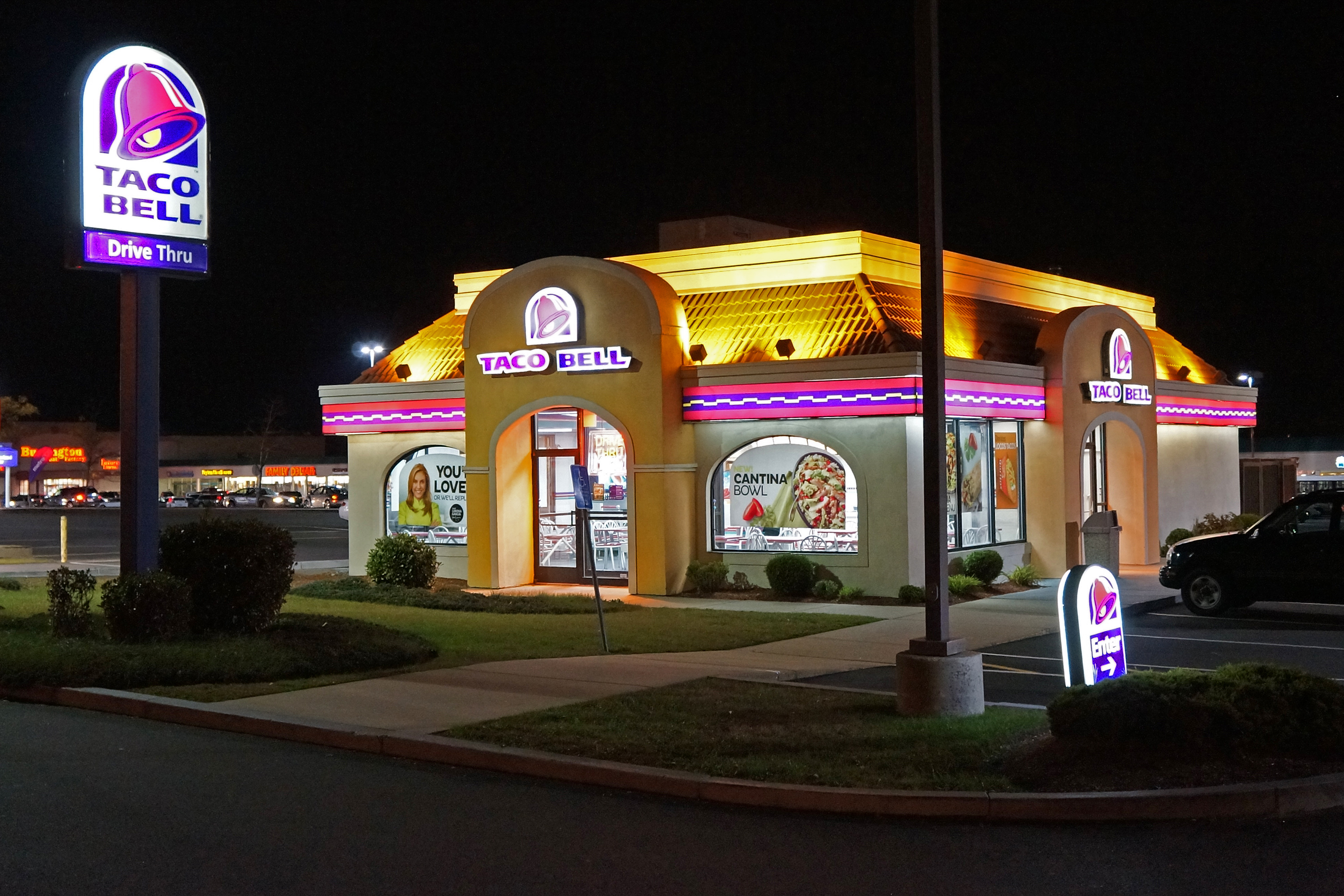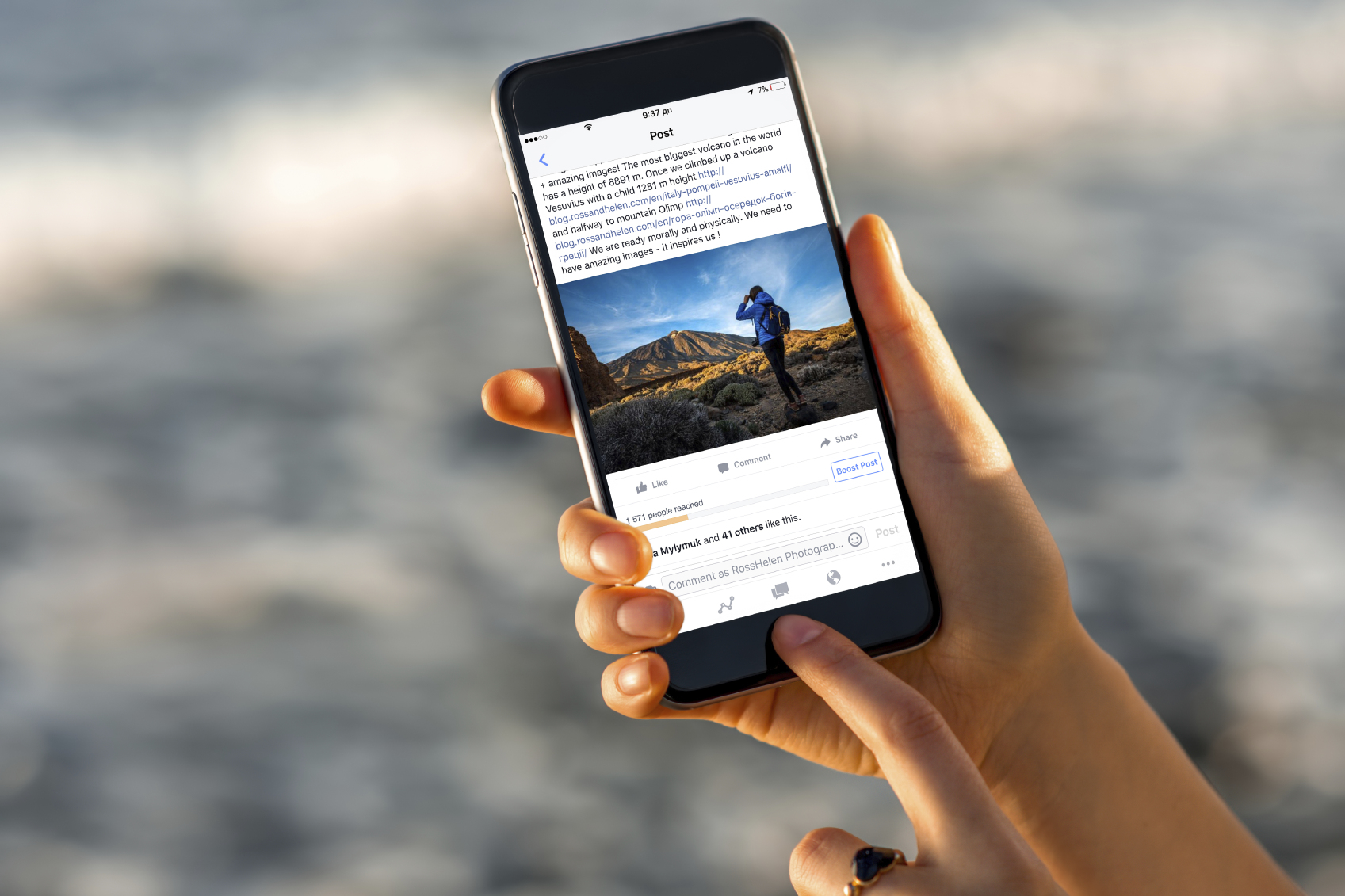What Happened
Facebook has updated its Messenger Platform policies to offer brands more agency in their efforts to reach customers on the chat app. Customers still need to be the one of initiate the contact, but now brands have a 24-hour window since the customer’s last message to send unprompted messages. Facebook has also removed a previous restriction on promotional content for this type of standard messaging, allowing brands to send customers an ad or a value offer within a day of their chat.
Moreover, a new subscription messaging is now in being tested to allow communication with a user outside of the 24-hour window. It specifically disallows all promotional content and only open to limited use cases such as news and productivities. Notably, these two updates seem to be inspired by WeChat, which divides all commercial accounts into subscription accounts and service accounts so as to differentiate their use cases and limit how many messages a brand can send users within a month.
What Brands Need To Do
As Facebook loosens its policies for brands to reach Messenger users with promotional and unpromoted messages, it would be smart for brands to adopt a responsible approach and develop a communication strategy for reaching customers on Messenger. The promotional message allowed within the 24-hour window is particularly important for re-engaging them. If the use cases fit, brands with a repertoire of non-promotional content should also consider using subscription messaging to create a consistent brand presence on Messenger app.
How We Can Help
Based on our extensive experience in building branded chatbots to reach consumers, the Lab has developed a dedicated conversational practice called Dialogue. The NiroBot we built in collaboration with Ansible for Kia is a good example of how Dialogue can help brands build a conversational experience supercharged by our stack of technology partners with best-in-class solutions and an insights engine that extracts business intelligence from conversational data. If you’re interested in learning more about this or have a client opportunity, please reach out to our Client Services Director Samantha Holland ([email protected]) to schedule a visit to the Lab.
Source: Facebook Developer News
